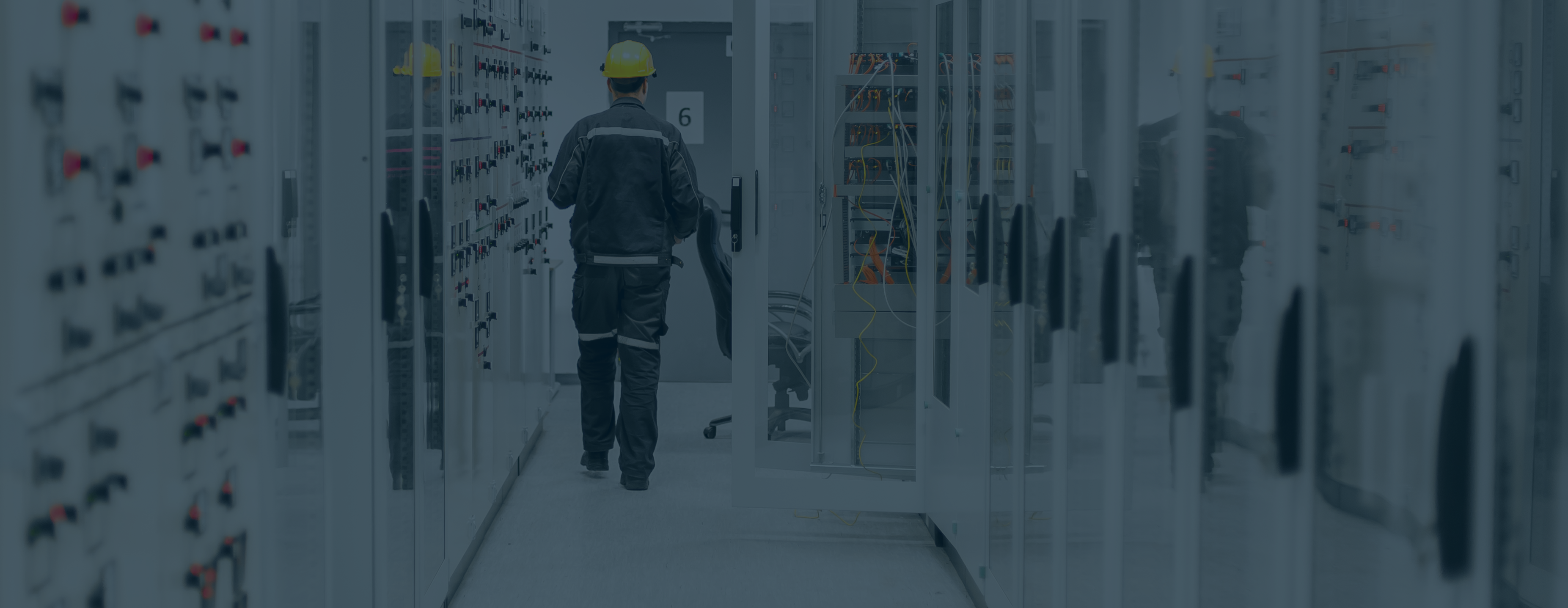Gain a practical understanding of the equipment and technology used in medium voltage (MV) electrical distribution: tools to increase reliability, safety and efficiency.
As an electrical engineer entering the medium (MV) voltage industry, you need to be across the latest changes in technology and standards. In this course, you'll learn how connectivity and innovation are reshaping the MV discipline. You'll also develop a good understanding of the industry standard your designs must meet.
Using a mix of hands-on exercises and training, you'll get a practical view of MV electrical distribution, from generation to protection.
After completing this course, you'll understand:
- MV electrical design concepts
- MV innovation and technology for the digital world and integrated systems
- guidelines for choosing the correct equipment to aid smooth operations and cost savings.
By the end of the course, you'll have improved your knowledge of MV power systems design and applications. You'll also have a good understanding of how MV innovations impact the industry.
This course is designed by Schneider Electric and delivered in partnership with Engineering Education Australia.
EA members get 15% off on selected workshops and training. Not a member? Sign up now
*1% credit card surcharge applies.
Any questions?
Contact us
Please register at least two weeks before the scheduled course start date.
We can customise this course for groups of six or more.
You choose the time, place, duration and format.
Find out how we can help you and your team by clicking on the button below to request a quote or calling us directly on +61 3 9321 1700.
Learning outcomes
- Relevant Australian electrical distribution standards
- Different types of public and private MV networks
- Main characteristics and functions of MV equipment
- The electrical network design process and criteria
- Basic MV and LV transformer designs
- Current and voltage instrument transformers
- Introduction to network protection
- Condition monitoring through 'connected' switchgear
Is this course for you?
This course is suitable for designers of electrical installations and electrical engineers across all industries. This includes:
- electrical engineers
- electrical consultants
- design engineers
- graduate and junior electrical engineers.
Participants should have a basic understanding of electrical fundamentals and design.
Topics we'll cover
Relevant Australian Standards
- List of relevant equipment standards and identification of the most important ones
- Relevant installation standards
General arrangement of electrical networks
- Typical topographies of electrical networks
- National Electricity Market (NEM)
Main characteristics and functions of MV equipment
- Basic parameters of switchgear standard AS 62271.200
- Analysing the functions switchgear is required to perform
- Historical evolution of MV switchgear
- Different types of MV switchgear
- Safety aspects of MV switchgear
The electrical network design process and criteria
- What criteria you need to consider
- Methodology for calculating power demand, rated current, cable sizes, short circuit calculation
Basic MV and LV transformer designs
- How a transformer works?
- Types of transformers
- Protecting transformers
Current and voltage instrument transformers
- What instrument transformers are used for
- Measurement and protection systems
- Communication architectures (MSB to DB)
Intro to network protection
- Why we need to protect an electrical network
- Main types of faults
- Main requirement of a protection system
- Types of protection and principles of discrimination

Towards chartered
Take this course to build skills and knowledge in the following Engineers Australia Chartered status competencies*:
4. Develop safe and sustainable solutions
7. Meet legal and regulatory requirements
13. Local engineering knowledge
Learn more about Chartered Status.
*Completing this course does not automatically guarantee you a competency. However, you will gain the base knowledge you need to develop these specific Chartered competencies.
Steven Trainer has worked in the electrical industry for over 34 years and is a member of several Standards Australia electrical committees.
He started with Schneider Electric in 1988 in the role of Development Engineer and has held various other roles including Low Voltage Product Manager, Low Voltage Marketing Manager, Training Manager and for the last 12 years as the Medium Voltage Marketing Manager.

